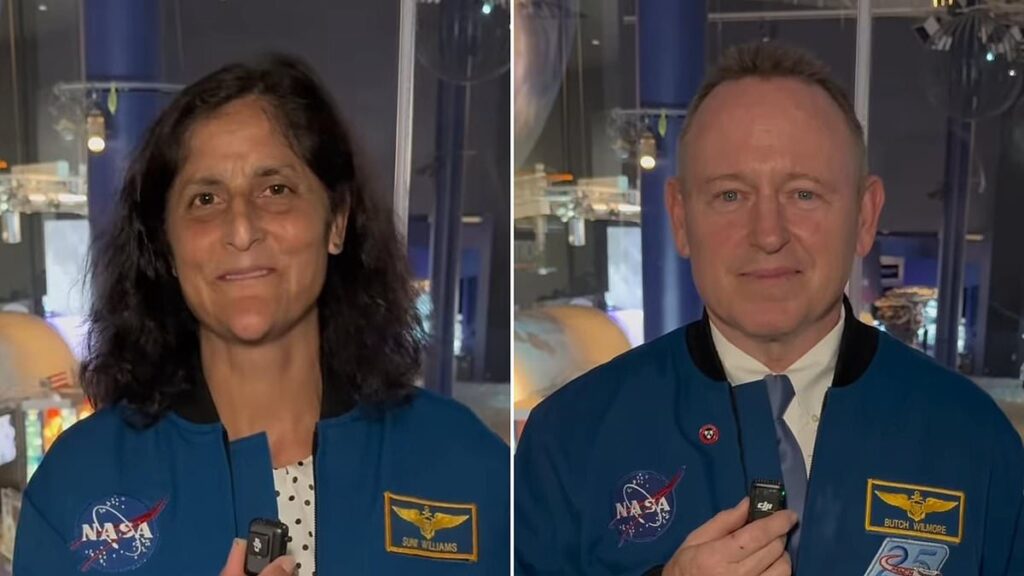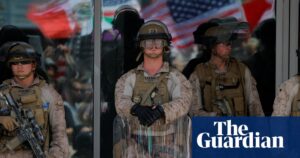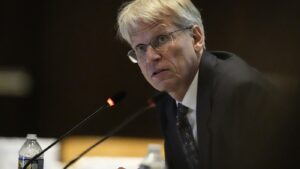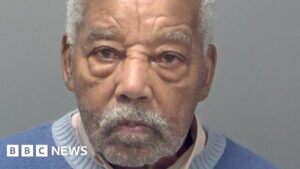
NASA astronauts Butch Wilmore and Suni Williams have been candid about the painful struggles they continue to face after their return from a prolonged mission on the International Space Station (ISS). The duo, who spent 286 days in space, have recently completed nearly two months of intensive physical therapy aimed at aiding their recovery.
Wilmore and Williams returned to Earth in March and have since been engaged in a rigorous rehabilitation program. This includes at least two hours of daily strength and conditioning training with NASA’s medical team. The focus has been on rebuilding muscle mass, restoring balance in Earth’s gravity, and preventing further bone loss.
Challenges in Recovery
Despite the structured rehabilitation, the process has been fraught with challenges. Wilmore, aged 62, has openly discussed his ongoing back pain, which persists even after completing his rehabilitation. He appeared visibly thinner during his first public appearance post-rehab on May 22, particularly in his face.
‘Gravity stinks for a period, and that period varies for different people,’ Wilmore commented.
Similarly, Williams, 59, has faced a slow recovery, experiencing significant fatigue throughout NASA’s 45-day rehab process. The muscle loss was so severe that she struggled to get out of bed easily for weeks following their return.
Impact of Space Travel on Health
The astronauts’ ordeal highlights the physical toll of extended space travel. Studies have shown that time in microgravity can alter genetic expression in human hair follicles, contributing to reduced muscle function and back pain upon return to Earth. Both astronauts received extensive physical and mental health support, including consultations with doctors, psychologists, and psychiatrists.
Wilmore noted that while in space, the absence of gravitational stress alleviated his pre-existing back and neck issues. However, the return to Earth’s gravity reintroduced these problems.
‘We’re still floating in the capsule in the ocean, and my neck starts hurting, while we still hadn’t even been extracted yet,’ Wilmore revealed.
Professional Obligations and Future Missions
Despite their personal challenges, Wilmore and Williams have resumed professional duties, advising Boeing’s Starliner program. This project, part of NASA’s Commercial Crew Program, aims to develop and operate spacecraft for transporting astronauts to and from the ISS. Their mission in the first crewed Starliner pod in June 2024 was marred by technical malfunctions, resulting in a prolonged stay in space until March 2025.
Williams remains optimistic about their experience, though she acknowledges the disruption to her sleep cycle caused by the extended mission. Her recovery has been gradual, but she reports a return to her usual energy levels as of late May.
‘Then I’m up at four in the morning, and I’m like, Aha! I’m back,’ she said after a NASA welcome home event.
Implications for Boeing’s Starliner
The astronauts’ experience underscores the importance of reliable space travel technology. Boeing’s $4.5 billion Starliner project has faced numerous setbacks, including delays and cost overruns. NASA has mandated that Starliner must complete an uncrewed mission before being allowed to carry astronauts again.
NASA remains committed to using Starliner, emphasizing the need for two launch systems alongside SpaceX. The agency’s Commercial Crew Program manager, Steve Stich, noted that Starliner must regain its certification to transport astronauts safely.
As the focus shifts to the next crew heading to the ISS, pressure mounts on Boeing to fulfill its contract with NASA. The company is tasked with ensuring the safety and reliability of its spacecraft to prevent future incidents like the one experienced by Wilmore and Williams.
The ongoing health challenges faced by these astronauts serve as a reminder of the physical demands of space exploration and the critical need for advancements in space travel technology.







